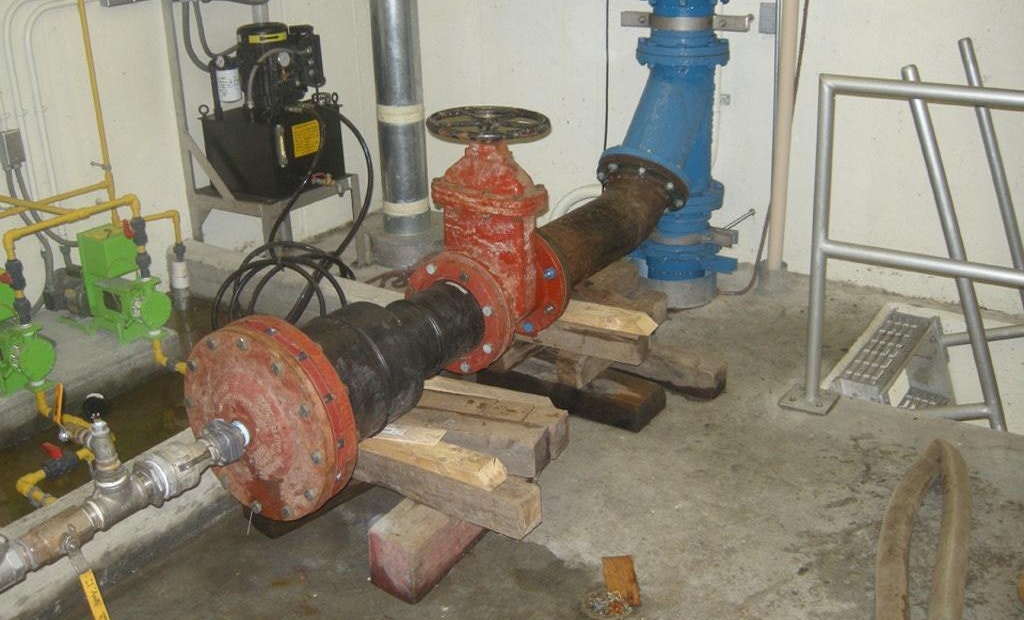Interested in Cleaning?
Get Cleaning articles, news and videos right in your inbox! Sign up now.
Cleaning + Get AlertsMaintaining system capacity, environmental compliance, and a high level of service for customers are essential for municipal water and wastewater system operators. Progressive poly pigging can efficiently clean municipal wastewater force mains. A few basic techniques will help you determine if this is an option in your system.
Most municipal sewer force mains were constructed with a design capacity intended to provide both adequate capacity for the period in which it was built as well as future development and system requirements. Some of the primary design elements include flows (gpm), velocities (feet/second), total dynamic head (psi), as well as configuration of air release or vacuum release systems, odor control, and access or isolation points.
As the pumping station operates over time it may leave deposits inside the force main either caused by low velocities or material buildup on the pipe wall that may be scale, FOG or other materials. As this material builds up inside the pipe the entire pumping system becomes less efficient, adds friction to the flow traveling through the pipe, puts higher demand on the pump system usually by higher pumping times and energy use and higher pressures required to move the flow to the gravity section of the system.
In extreme cases with very low velocities and influent that includes leachate from a municipal landfill or heavy FOG deposits, scale can completely impede the flow and cause system failure.
Progressive poly pigging is a process that involves propelling a “pig” constructed of foam of varied densities through a pipeline. As it travels through the pipe it loosens, removes and transports debris to an access point like a manhole where it can be removed by a vacuum or pump truck and transported away for disposal.
Here are some general steps involved in pigging a municipal force main:
1. Complete a system evaluation and performance baseline.
2. Develop work plan and contingency plan.
3. Isolate the line to be cleaned.
4. Install and run a “line swab pig” through the pipe to prove flow and actual pipe ID
5. Examine the pig when it discharges and size the cleaning pigs based on its condition, size and actual pipe conditions.
6. Begin the progressive poly pigging process, which includes a series of pigs that progressively become denser to remove more material until the desired result is achieved (usually a desired “C-factor” or flow rate in gpm). Ideal pigging speed is between 2 and 5 feet per second.
7. Flush the line to remove any loose debris.
8. Restore flow and confirm system operation.
9. Document results and compare to baseline performance. This step typically includes flow in GPM, pressure reading at the pump, and run cycle times which will drive energy usage at the pumping station.
It is common with progressive poly pigging to notice immediate payback from the process including a reduction in energy costs associated with pumping through a dirty and inefficient piping system.
Many more technical pigging methods are available including condition assessment tools, gauges, pigs equipped with telemetry and tracking systems, and a pigging process that uses ice as the pig itself. It is best to evaluate many of the options available in the marketplace to make the most informed decision on establishing a preventive pipeline cleaning program for your system.






